Over the years, I have had lots of pets and many different species. I have had both cats and rabbits but never at the same time, so I was very interested to see what Kristin Avery of The Daily Pip had to say on the subject in this guest post.
When Cat Meets Rabbit – Can They Be Friends?
I adopted cats in my twenties, added a dog in my thirties, a rabbit in my forties, and most recently, mice! Growing up, I always had pets, but usually only one at a time. As an adult, I discovered the fun and cuteness of living with multiple pets (and multiple species) and now I can’t imagine life without my furry, mismatched menagerie.
Can Cats and Rabbits Be Friends?
Yes, sometimes, but not always.
Cats and dogs are predators by nature, while rabbits are prey. While everyone gets along in our house, we always keep in mind that our rabbit experiences the world very differently than our cat and dog. Whereas our cat and dog enjoy (or at least tolerate) being picked up, our rabbit does not. Rabbits often feel threatened when lifted off the ground – kind of like a hawk swooping down and grabbing them.
Likewise, when dogs and cats are sick, they usually let us know. Maybe they cry or vomit in a high traffic area where we will eventually notice (or step in it). Being sick is not a sign of weakness and doesn’t make them vulnerable. Rabbits are the opposite. Prey animals naturally hide their vulnerabilities. By the time their symptoms are apparent, they are in crisis.
Understanding these basic differences and creating an equal, safe playing field, helps set our pets up for success and is key to peaceful co-existence. For example, our cat Rosie likes to climb up high and then leap down dramatically (because she is cat). Our rabbit Lulu prefers to keep her paws on the ground and doesn’t much like when Rosie lands in a furry heap in front of her.
We have learned that Lulu and Rosie do much better when they are on the same level so we have reduced the number of bookshelves and other tall furniture in Lulu’s space. Rosie has plenty of jump-worthy surfaces in other parts of our house, just not near Lulu.
Should You Adopt A Rabbit?
With planning and patience, many cats and rabbits can learn to peacefully co-exist and maybe even become friends.
Quite simply, cats and dogs are hunters. Their games and interactions with each other and others often involve stalking and chasing. Rabbits instinctively feel threatened with many of the behaviors cats and dogs think are fun and normal.
Before adopting a rabbit, you need to honestly assess whether your resident cat is cut out for life with a rabbit. Generally, kittens and other playful, dominant or prey driven cats do not make good companions for rabbits. Kitten nails are super sharp and can easily damage a rabbit’s vulnerable eyes. As prey animals, rabbits are much more fragile and injure easily – and therefore do not do well with rough-playing cats, dogs, or children. An indoor/outdoor cat that frequently brings home prey is also not usually an appropriate match for a rabbit. Ideally, an older, gentle, calm, even lazy cat makes the best bunny roommate. A spayed/neutered couch potato kitty is always the safest bet! Likewise, smaller rabbits may seem more like prey to cats than a big old lop-eared bunny. If you have a cat, I think bigger bunnies are better and will be viewed as more of an equal than a toy.
Avoid bringing home a rabbit (or any new pet) when your cat is sick or anxious as a result of moving, a new baby, schedule change, or other life stresses. Same goes for you – avoid introductions when you are feeling stressed, rushed, or distracted.
The Importance of Establishing Territory
It’s always important to confine new pets to a small space or room to establish territory and ensure a safe and smooth introduction to existing pets. This is especially true for rabbits as they are even more territorial than cats. Change is stressful for everyone and having a transition period allows both new and existing pets to adjust at their own pace. Keep your new bunny in a room of their own in either an exercise pen or a bunny condo for at least a few weeks. This allows them to establish their territory (AKA safe space) and feel more confident in general.
For more information on rabbit habitat and care, see Rachel Manuela De Jong’s informative post on all things rabbit.
Making Introductions: Go Slowly
Once your rabbit feels at home and has established territory, you can start to introduce him to your cat under supervision.
Make sure your cat is well fed, rested, and in a relaxed mood. Avoid making introductions during your cat’s most active or normal playtime. This will lessen any initial predatory instinct.
Set your rabbit up in a pen and let them sniff each other safely through the bars. Make sure your cat doesn’t reach through the bars with their claws – rabbit eyes are extremely vulnerable. Confident bunnies may feel territorial and charge at the cat through the bars. Conversely, your cat may be confused by your rabbit’s strange movements and run away. This is probably the best scenario!
If your rabbit runs away, pay attention to whether your cat tries to chase him. Clearly, chasing is NOT good. Rabbits can actually be frightened to death so if your bunny seems scared, immediately take a step back and slow down the introductions. When we first introduced Lulu to Rosie, Lulu was terrified and fled. Thankfully, Rosie did not chase her and just kind of froze. I don’t think she had any idea what to make of such an odd moving creature. We realized Lulu needed more time so we waited another month before trying again.
Interactions should always be supervised and never rushed. Scolding your rabbit or cat when things don’t go well, will only lead to more conflict and make them associate punishment with their new furry sibling.
Follow Your Instinct and Know Your Pets
Be realistic about your pets’ temperament, limitations, signs of stress, triggers, training, etc. Your role is to observe their interactions and make sure they both stay safe and relaxed. Always follow your instincts and never force or rush interactions. These initial supervised visits will help set the guidelines for how and when they will interact in the future.
Key things to watch for: If your rabbit charges your cat, does your cat back down or charge back? If your rabbit runs away, does your cat chase your rabbit? A rabbit that charges a cat is a confident rabbit that has established territory. Ideally, your cat will back down or see the rabbit as an equal. If your cat shows any kind of predatory instinct, slow down the process and make sure they are always supervised and separated when you are not home.
Once they reach a comfort level (no running away or chasing), you can let them interact outside the pen. Release your rabbit in a room with your cat and let them interact, but always be on hand to intervene if necessary. If they sniff each other, great – if they ignore each other, that’s fine, too. If they groom each other, you have won the bunny/kitty lottery. Rosie and Lulu have never groomed each other, but they respect each other and live peacefully. Observing how your rabbit and cat interact during these early introductions will help you set the guidelines for how they will interact going forward. Maybe they can be out about together all the time or maybe your rabbit will need to remain in a pen when your cat is in the room.
Safety First, Always
Although some may disagree with me, I think cats and rabbits should be separated when left alone. Lulu and Rosie have lived together for six years, but we still separate them when we are at work, school, etc. Lulu lives in my office – or rather her room that I also use as an office. She doesn’t live in a cage and her room is her space. Although she comes out and free roams when we are home, she doesn’t want Rosie in her room – and will promptly chase her out when she forgets the rules. Rosie has never shown any aggression towards Lulu, but she has sharp claws and is bigger and stronger. I feel more comfortable keeping them separated when we are not around to supervise – I would rather be safe than sorry.
Regardless, cats and rabbits should always have separate eating areas, and of course, separate litter boxes. Rabbits are herbivores and cats are carnivores. There’s no changing their natural diet and sampling the other’s cuisine can be dangerous for both. While cats may just throw up if they eat some hay, cat food can be toxic to rabbits. The same goes for litter; cat litter can cause intestinal blockage and death in rabbits. Rabbits chew on everything so bunny proofing is essential. For more information on caring for rabbits, please read Rachel’s thoughtful and informative post.
Final thoughts
Adopting a pet is a huge responsibility and should be taken seriously after careful planning, consideration and research. This is especially true for rabbits. With proper care, rabbits can live 10-12 years. It’s a long-term commitment so please do your homework and make sure you and your existing pets are ready, willing, and able to provide a loving, safe home for a rabbit.
Most cats and rabbits live together peacefully and sometimes even become friends. But some cats are just never going to be OK with rabbits. Always be realistic about your cat’s temperament while being mindful of your rabbit’s safety and stress level. Trust your instincts and be flexible, as your expectations may need to be adjusted to keep everyone safe and happy.
Stay tuned for my next post When Rabbit Meets Dog.
Pin It and Save for Later
 I am Kristin Avery, a writer and photographer with a lifelong passion for animal welfare. My blog, The Daily Pip, is an award-winning lifestyle pet blog, promoting rescue, adoption, and second chances for dogs, cats, bunnies and their people. You’ll find an eclectic mix of inspiring rescue and adoption stories, personal reflections on my life with animals and midlife comeback, and a whole bunch of random furry cuteness. I also volunteer regularly with several Chicago-based and national rescue organizations. I currently share my home with one dog, one rabbit, two cats, one mouse, my husband and my 12-year-old daughter.
I am Kristin Avery, a writer and photographer with a lifelong passion for animal welfare. My blog, The Daily Pip, is an award-winning lifestyle pet blog, promoting rescue, adoption, and second chances for dogs, cats, bunnies and their people. You’ll find an eclectic mix of inspiring rescue and adoption stories, personal reflections on my life with animals and midlife comeback, and a whole bunch of random furry cuteness. I also volunteer regularly with several Chicago-based and national rescue organizations. I currently share my home with one dog, one rabbit, two cats, one mouse, my husband and my 12-year-old daughter.
www.thedailypip.com
www.facebook.com/thedailypip
www.twitter.com/thedailypip
www.instagram.com/dailypippip
www.pinterest.com/thedailypip





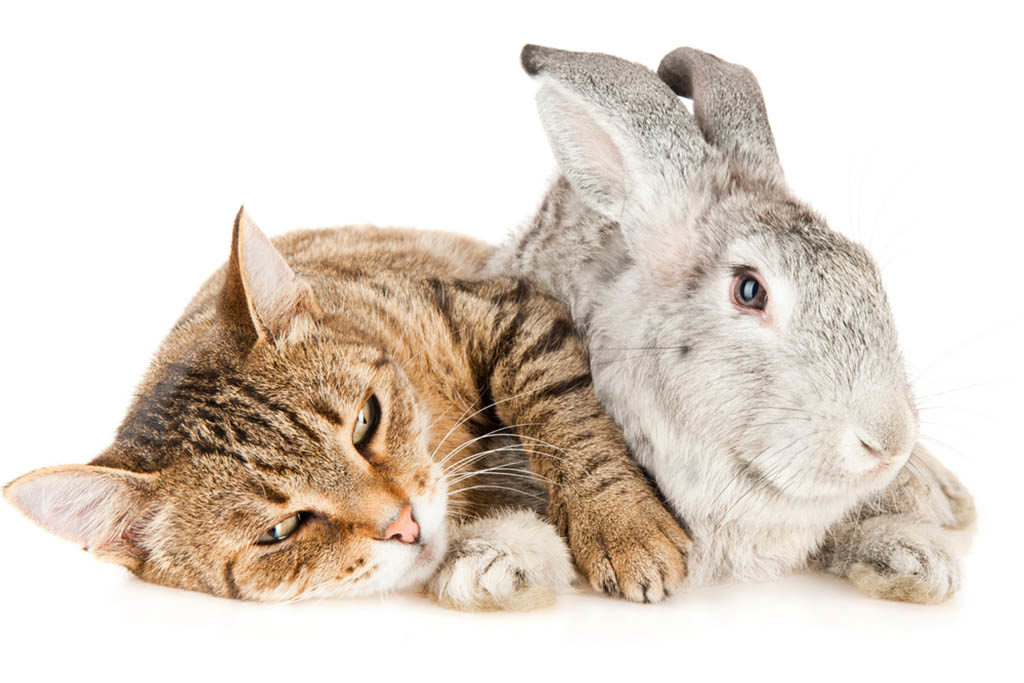
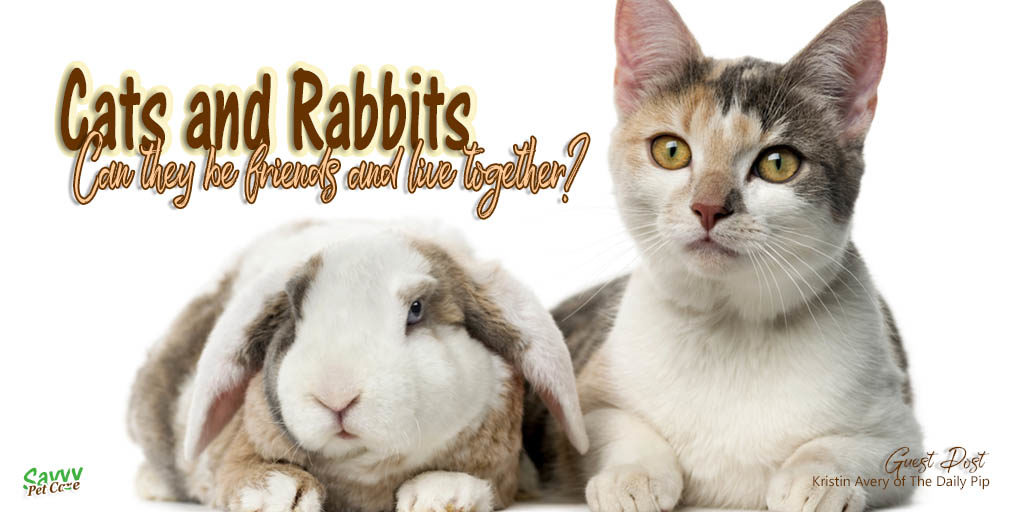
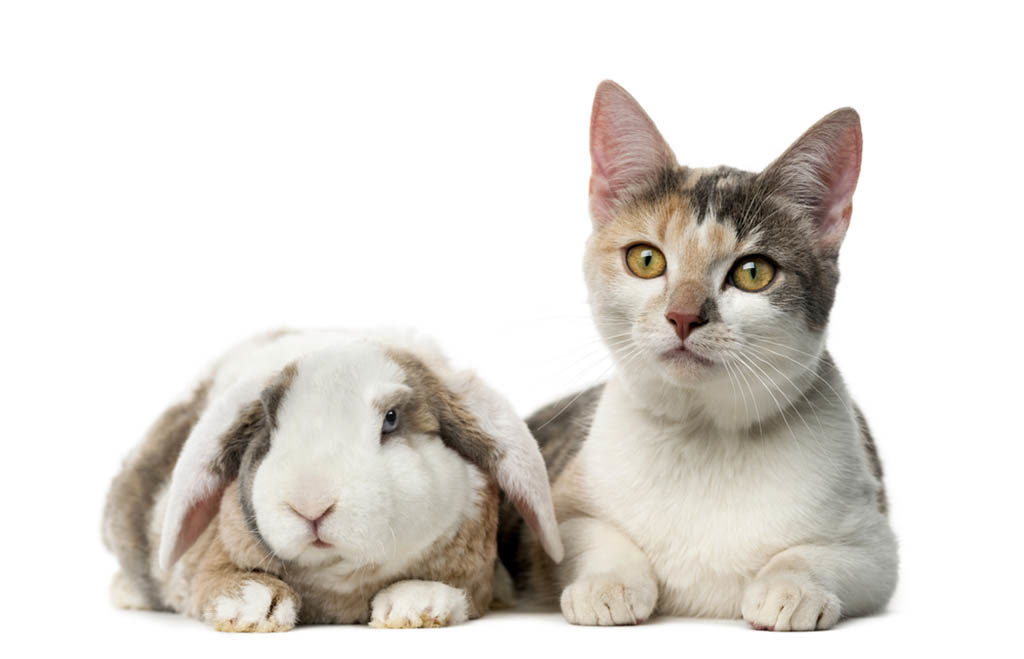
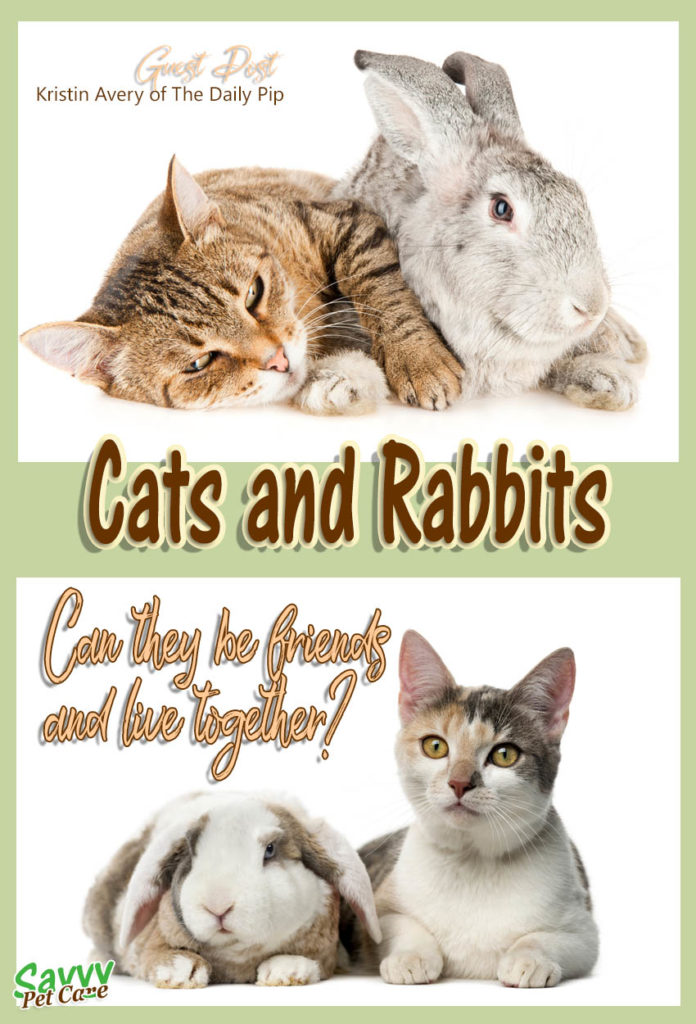

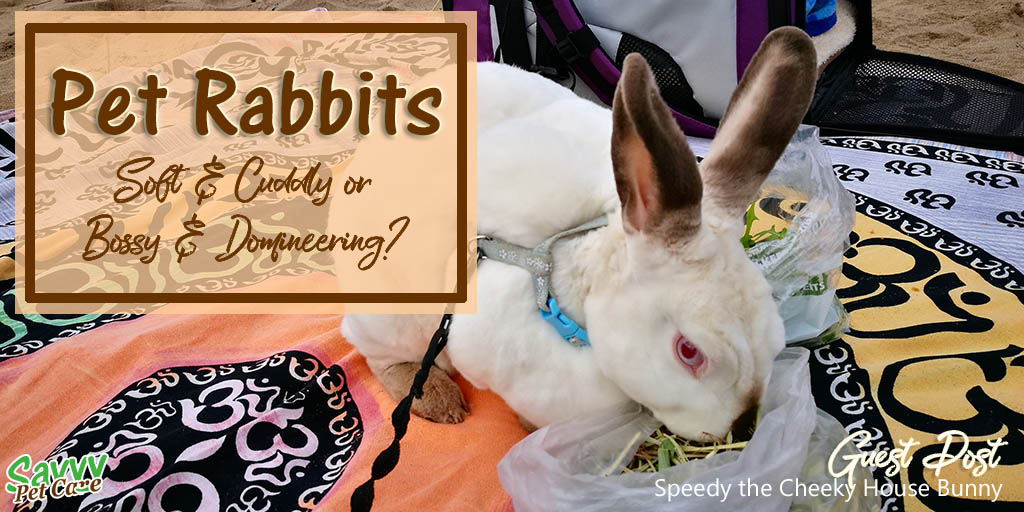


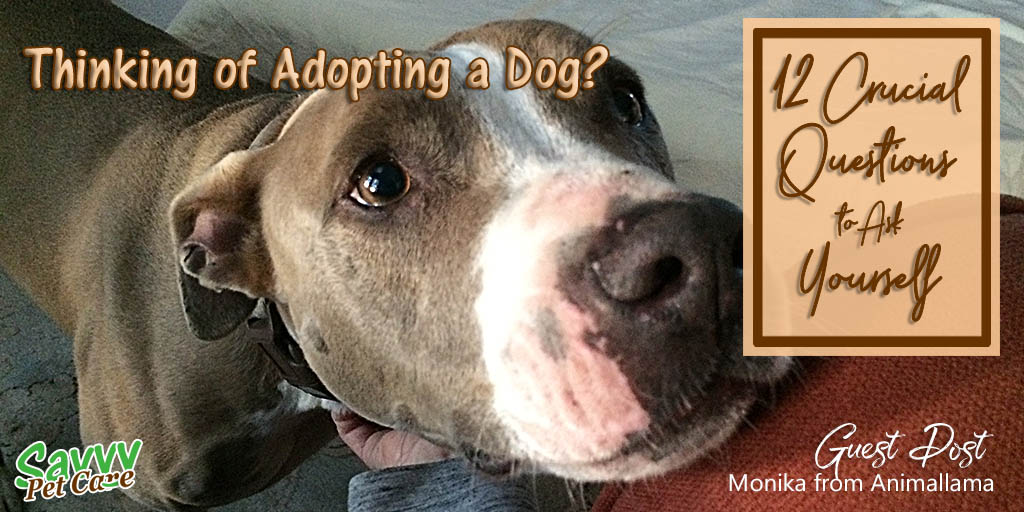
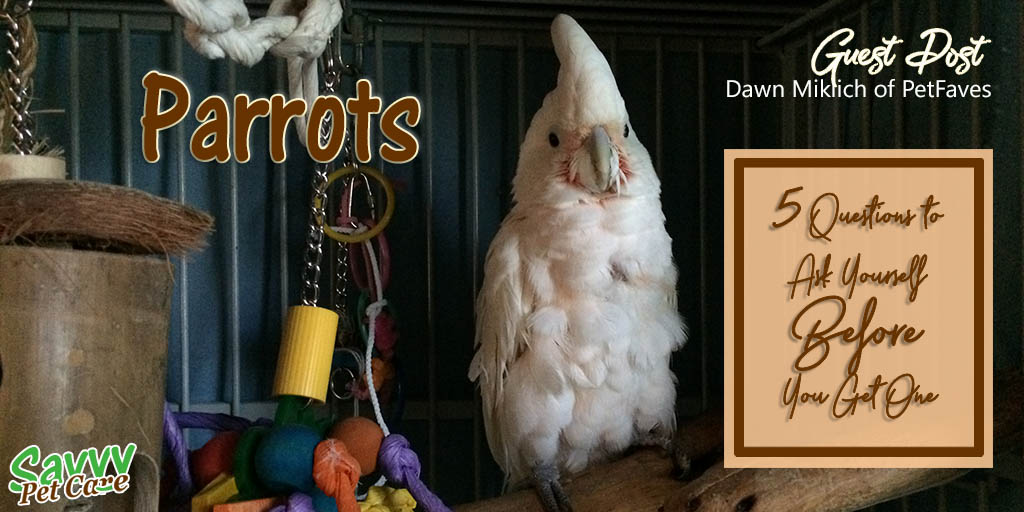


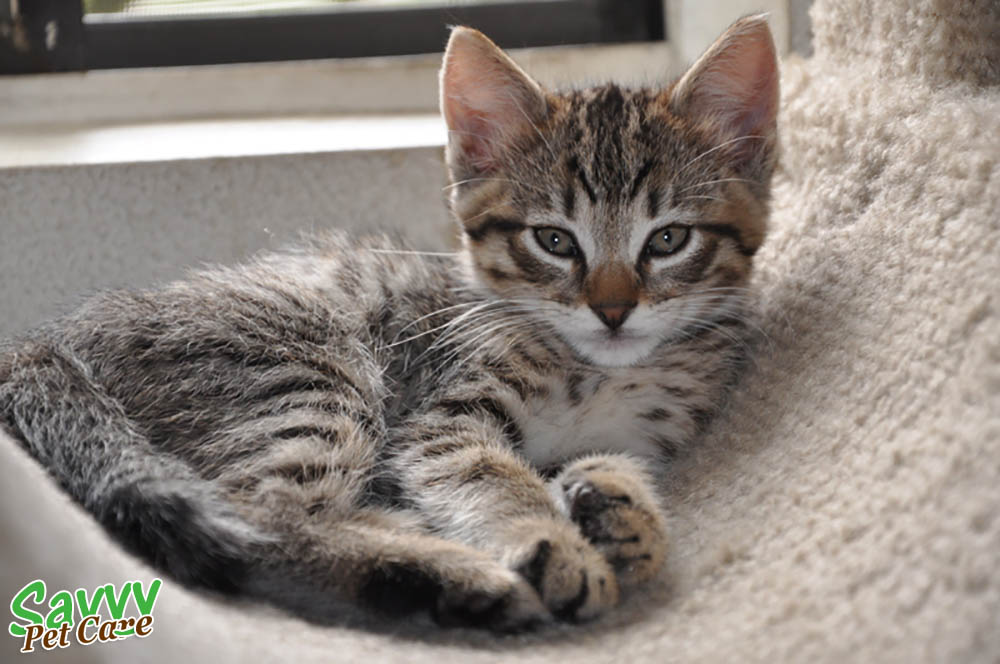
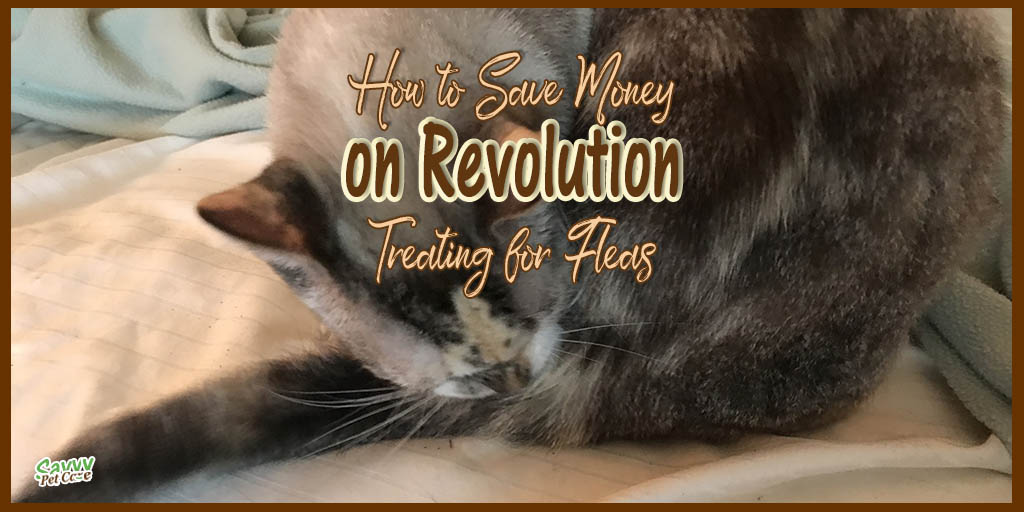
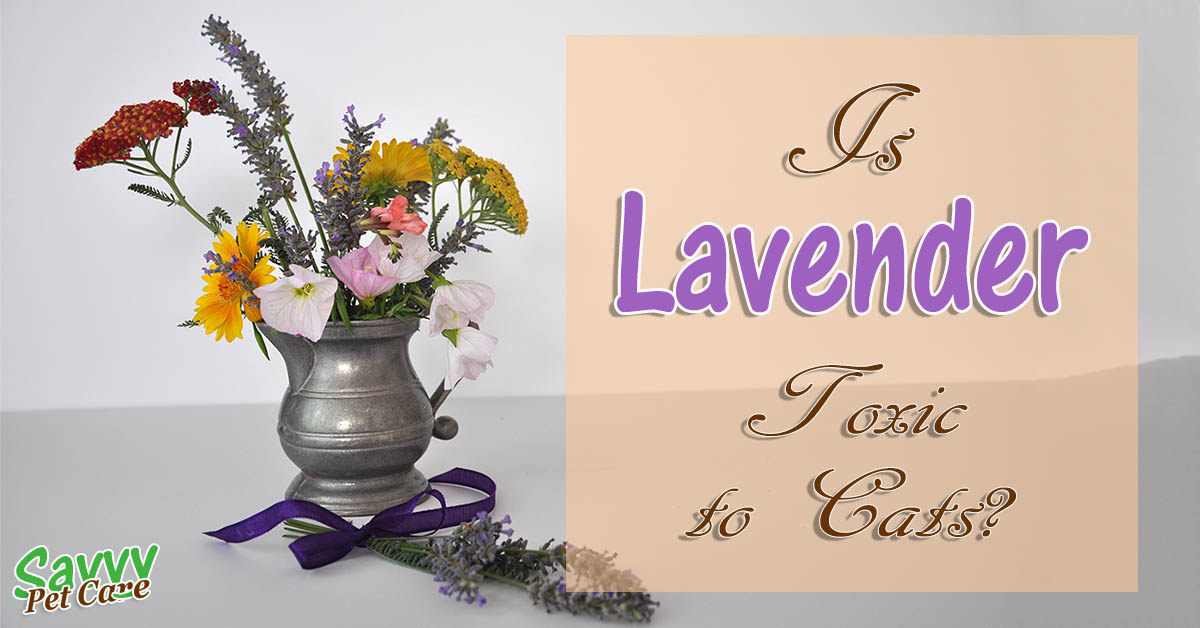
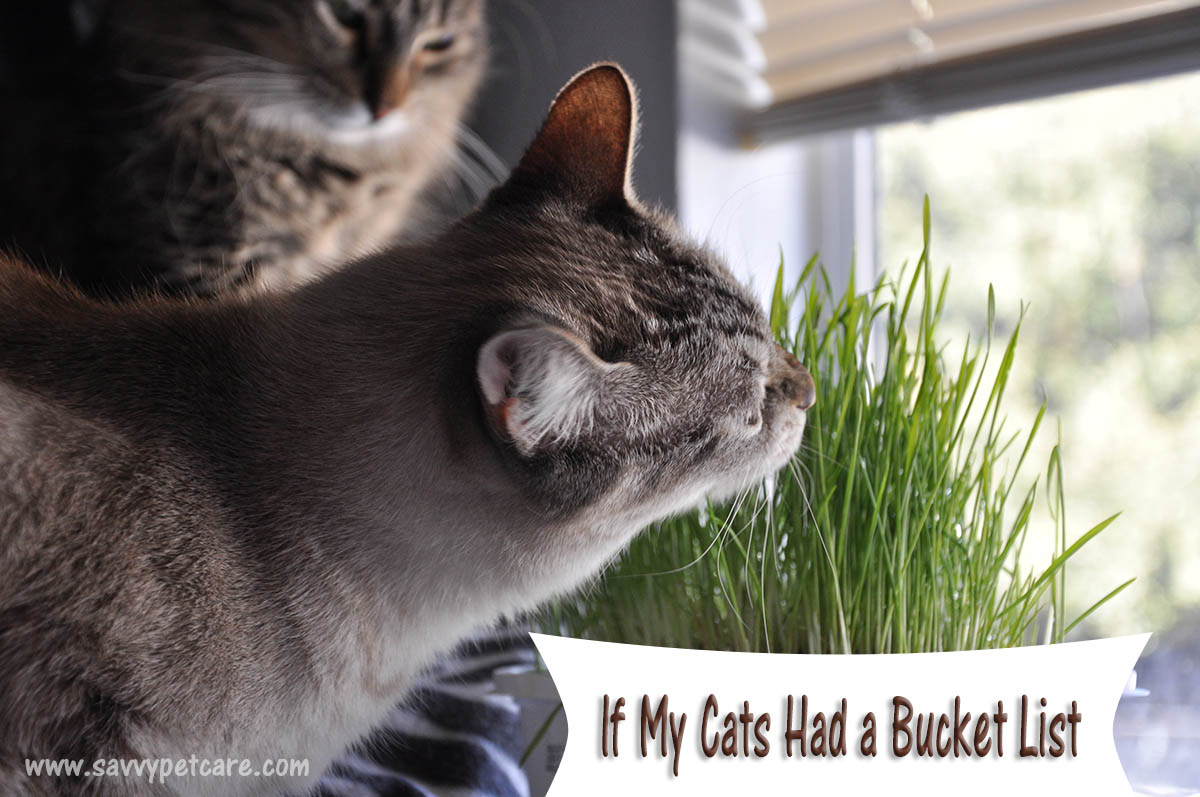
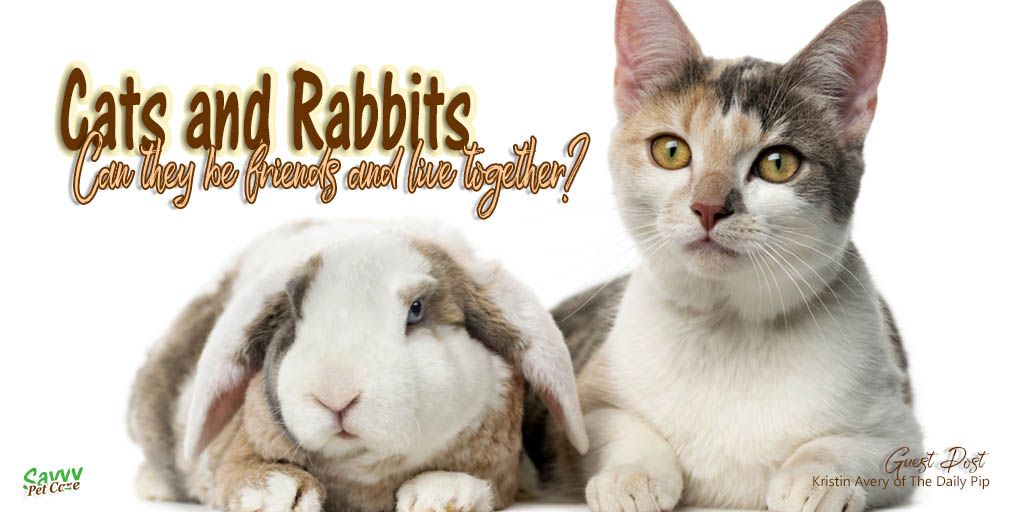
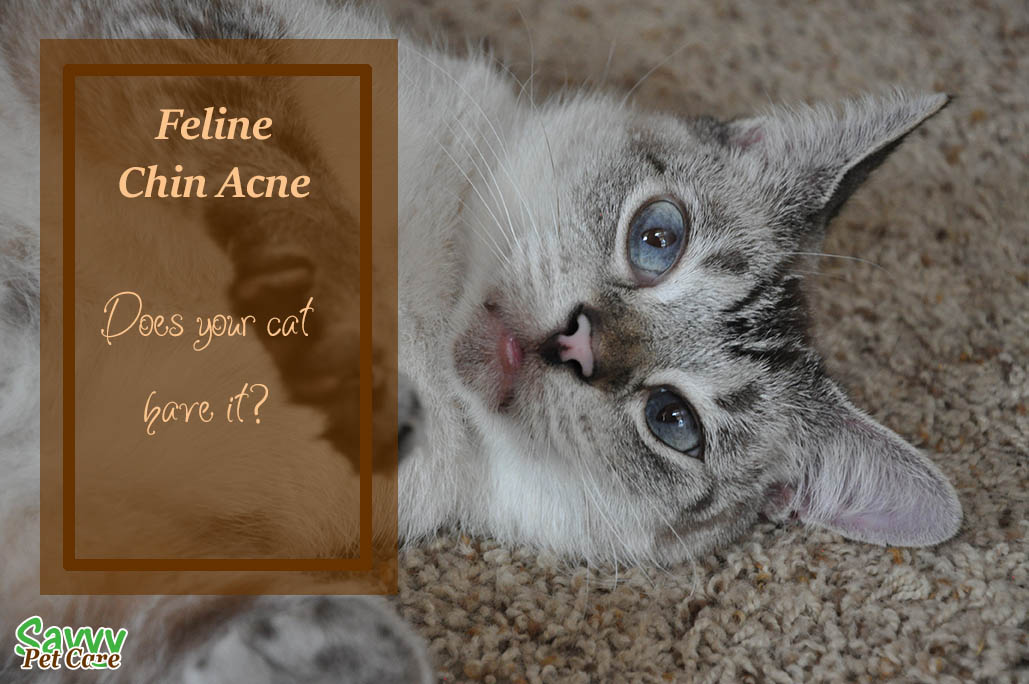


This is such a good article, thanks! I have 4 cats and a dog, and it’s been a pleasure to watch them all work out eir routines, and their relationships. My dog LOVES three of my cats. The other cat likes to have her own space, and she’s cool with that. I’ve been considering adding a bunny to the mix, and your tops and advice are extremely helpful in that decision. Thanks so much
With most animals supervision and watching how their temperaments work is key in these kinds of relationships. Safety first. Some animals can make it work and some can’t get past the aggression issues.
Hmm never thought about this! Good to know. I didn’t know that rabbits were so much different from cats and dogs. Our oldest daughter has a rabbit at her mom’s house but has no other pets. I’ll be sure to keep this in mind if they get more pets.
Yep, they are very different, but also lots of fun!
I enjoyed reading this. I remember learning about rabbits from a fellow teacher who taught science and had rabbits. I didn’t realize they didn’t like to be picked up, but it makes a lot of sense. I also agree that it’s a good idea to keep cats and rabbits separated when a human can’t be there to monitor them.
There are some bunnies who don’t mind being picked up, but many really dislike it. Our bunny is comfortable with me picking her up, but anyone else, forget it.
I had a rabbit when I was a kid, though it was at my dad’s house, and he didn’t have cats. Having cats and rabbits that were friendly with each other sounds like fun. I wish my sugar gliders and cats could be buds!
It’s definitely really fun to have multiple species together – when it works for everyone.
What an informative article on if we can have both a rabbit and cat or both rabbit and dog!
I could not based upon what I have learned.
My cat Tibet is part Siamese and while mellow as a rule cannot fully retract her claws. We are forever being accidentally scratched in our home.
Nub he is so laid back and would be the perfect companion but he is the only one.
Lyla is VERY territorial and she feels we have enough pets right now.
Then we have Link lol Link… he is feisty! A two year old doxie who plays very predator-like with the cats. The cats tolerate him and play with him when they want to but a rabbit would be terrified! Thank you for the info. I have toyed with the idea of getting a rabbit but at the end of the day it’s not mean to be right now and honestly, I have my hands full!
I’m glad the post was helpful! Yes, rabbits and doxies are not usually a good mix. Doxies are hunters – just their natural way.
I learned a lot! Never realized how territorial rabbits could be. Of course, they can be great friends!
Yes, rabbits can be quite territorial and stubborn, too!
Great post and helpful for those looking to introduce a new pet to the home. When I attempted to adopt another kitty in my home quickly it did not go well at all! So I can definitely attest that thinking things through and proceeding slowly at introduction is a great tip. Pets can be very territorial so having a space they can call their own helps.
Yes, absolutely! Some pets prefer to be on their own. Thinking things through and being realistic about your pet’s temperament is always important.
Great post! I love that Lulu chases Rosie out of your office, I mean, her room. I’ve always thought it would be fun to have a rabbit, but I’m not sure I would ever get one. It would definitely be interesting to see how my cats and dog would react to yet another species! I don’t think I’ll do that to them just yet.
Rosie doesn’t want anyone to know that she is bossed around by a rabbit, but it’s true!
I remember we had a rabbit visit our garden in the UK the cats were not happy. It was totally outside their comfort zone. I can imagine that the right rabbit and cat combo would work out, as you say, we all know our cats or bunnies and this is key to knowing if a relationship would work.
This has been a thought provoking post!
Yes, not all rabbits work with cats and not all cats work with rabbits. It’s all being realistic and understanding your cat’s temperament.
This is such a great post and have shared it with a friend of mine who has cats, rabbits and dogs all in one apartment and they live in harmony. I always have wondered about this but the more I read the more I realize if done properly it can happen
Yes, with careful planning and preparation it sometimes works.
This is such great information ’cause SERIOUSLY, what peep doesn’t love bunnies? They’re adorable, for sure. But clearly, it’s important for kitty lovin’ peeps to know this stuff if considerin’ the addition of a bunny to the family. PURRS.
Very wise! Always important to plan and consider what’s best for everyone when bringing a new pet into the family .
Knowing your cat’s personality is key! Our cat is very slow moving and mellow, so he’s great with other animals. We’ve had many interspecies friendships in our family but, like you, we always separate them (except the dogs and cat) when we aren’t able to supervise.
Definitely agree! Funny enough, our bunny Lulu prefers our dog Ruby over the cat.
What a great article, and timely–with Easter right around the corner. I had no idea that rabbits were so territorial! Incidentally, we have bunches of wild ones around our house and Karma-Kat is fascinated by “bunny TV.”
Rabbits are territorial and don’t usually like people or kitties messing with their stuff (who can blame them). We have been very lucky that Rosie (our cat) and Lulu (our bunny) do quite well together.
Mommy had lots of different pets growing up. Snowball (cat) Happy Hoppy (rabbit) and Sir Lass (dog) all lived at the house with Mommy. The horses, goats, cows, sheep, chickens, pheasants and peacocks all lived out at the land. When Grandpa retired they all got to live out at the land together.
You are very lucky to have grown up with so many many different animals! I have always wanted a goat, but unfortunately I don’t have the space or yard. I wonder if goats get along with cats and dogs?
This is a great topic and a very important one. My friend had a dog and a rabbit, the dog was really playful and huge and the bunny was terrified all the time. I felt sorry for the poor bunny. It is so important to think it through before bringing two pets of different species home.
Agree, adopting a pet is serious business and deserves careful consideration and planning. Thanks for your comment!
Great Post!When I got my first Rabbit Caramel we had a Springer Spaniel and 2 cats,the introductions with Boots our Spaniel went off with out a hitch he just thought Caramel was just another baby to dote on and love.my Tabby point Siamese cat was always good with Caramel no aggression at all .But My Black cat was Jealous and they did have some scraps though Smokey the black cat would run off with his tail poofed up and he never bit or stuck his claws in to Caramel in those scraps but he did eventually learn to get along with Caramel to the point that he and Caramel would chase strange Cats out of the garden together.I would add that I always supervised Caramel and Smokey to stop things if they happened and Caramel was never scared of Smokey he was constantly following him around just wanting him as a buddy and Smokey didn’t go much on having a side kick at first.Once Caramel was neutered things settled down and they became best buddies.Caramel was the boss of the dog and the cats in the house and he knew it and they knew it.But I always used to keep Caramel in my Bedroom if know one was around to keep an eye on them as you said better safe than sorry.I used to love seeing them all in a cuddle puddle in front of the fire on a cold winters day and then seeing them play with each other,xxx Rachel
Thanks Rachel! I loved your post as well! Yes, our bunny Lulu is the boss of the house. She accepts Ruby (our dog) in her room, but if Rosie (our cat) enters her room – she chases her right out! But like you, I do supervise interactions and when we are not home, Lulu stays in her room – always better to be safe than sorry. I agree seeing them all cuddled together is a wonderful thing!